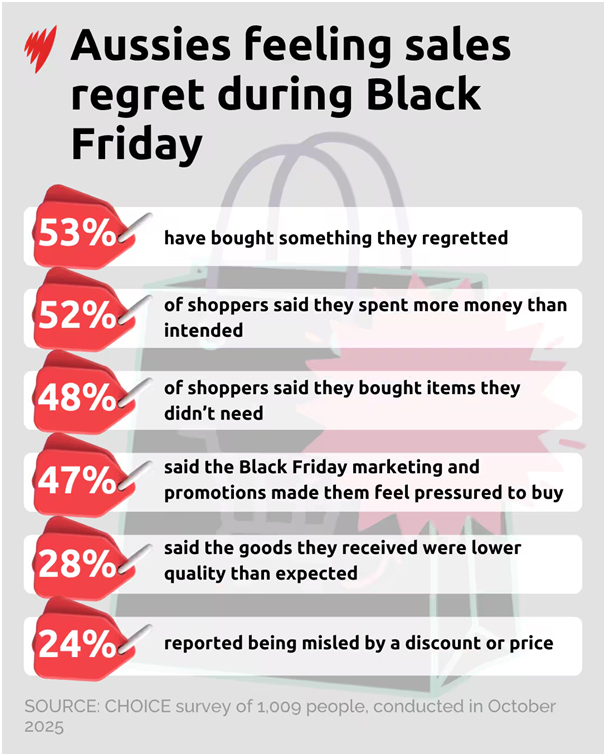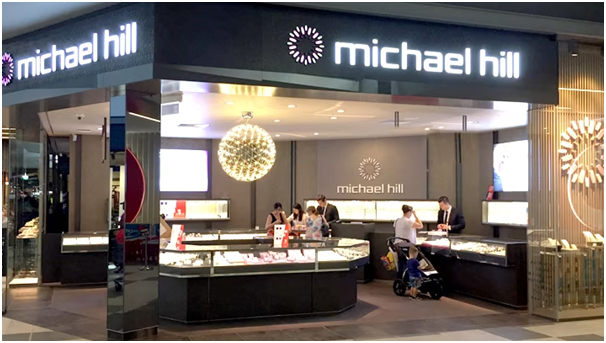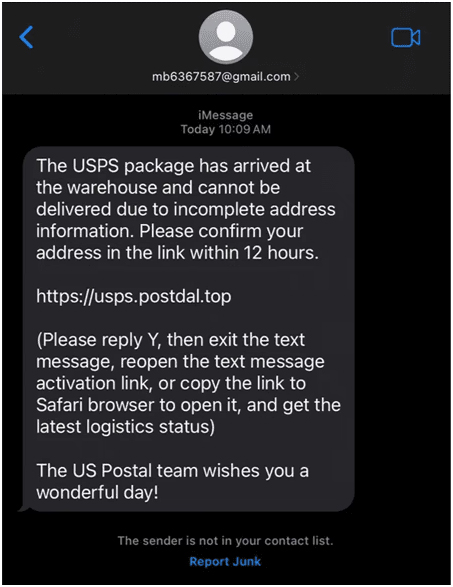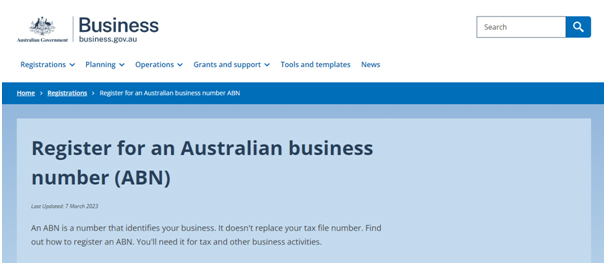Authorities Issue Urgent Warning for Black Friday 2025
Australian shoppers face a high-risk environment as Black Friday sales begin tomorrow. The Australian Competition and Consumer Commission (ACCC) identifies “ghost stores” as a widespread threat this year. These fake online retailers mimic local businesses to steal money. Scammers now use sophisticated technology to deceive consumers. Losses to scams have reached record levels in 2025. The National Anti-Scam Centre reports significant financial damage from these fraudulent activities. Experts urge caution before consumers enter payment details.
‘Ghost Stores’ Emerge as Primary Threat
Ghost stores represent a shift in scammer tactics. Criminals previously impersonated major global brands. They now create fake websites for non-existent local boutiques. These sites appear legitimate with professional designs. Scammers advertise these stores heavily on social media platforms. The ads promise exclusive items at realistic prices. This strategy builds false trust with victims. Shoppers believe they support small Australian businesses. The store vanishes after the victim sends payment.

Financial Losses Hit Record Highs
The financial impact of these scams is severe. ACCC data shows Australians lost $259 million to scams between January and September 2025. Shopping scams specifically account for $8.6 million of this total. The agency received 9,628 reports of shopping-related fraud in this period. This figure represents a 19 per cent increase from 2024. Western Australians alone lost nearly $466,000 to shopping scams this year. The average loss per victim continues to rise.

Feelings of Aussies after Black Friday purchases
New ‘Darcula’ Phishing Campaign Detected
Cyber security firms warn of a technical evolution in scam delivery. A global phishing campaign named ‘Darcula’ targets Australian devices. This malware uses the iMessage and RCS protocols instead of traditional SMS. This method allows scammers to bypass standard spam filters. The messages often impersonate Australia Post or trusted couriers. They claim a parcel requires a small fee for delivery. The link directs victims to a convincing fake payment portal.

Screenshot of a ‘Darcula’ text
Technology Aids Deceptive Practices
Scammers leverage artificial intelligence to improve their attacks. AI tools help criminals write perfect English without spelling errors. This development removes a common red flag for consumers. ACCC Deputy Chair Catriona Lowe highlights this technological shift.
“Increasingly, scammers are utilising technology very effectively,” Lowe states.
“They are creating websites or emails that can look very convincing.”
These tools allow scammers to generate fake sites rapidly.
Retailers Face Regulatory Scrutiny
The ACCC actively monitors retailer behaviour this sales season. The regulator conducts sweeps to find misleading advertising. Officers look for fake “was/now” price comparisons. They also target deceptive claims about stock levels. Retailers face penalties for creating false urgency. The ACCC fined Michael Hill $19,800 for similar conduct previously. Authorities want to ensure legitimate sales do not mislead the public. Misleading pricing confuses consumers during high-pressure sales events.

The ACCC fined Michael Hill $19,800
Delivery Scams Surge During Sales
Parcel delivery scams remain a persistent threat alongside ghost stores. Reports of delivery phishing scams quadrupled in 2025. Scammers know shoppers expect packages after Black Friday. They send messages about “missed deliveries” or “incorrect addresses”. These messages create anxiety and prompt quick action. The links steal personal information and credit card details. Scamwatch received over 11,000 reports of this scam type recently. Losses exceeded $720,000 in the first ten months of the year.

Banks Report Rising Fraud Attempts
Major banks see a spike in fraud during November. NAB reports a 40 per cent rise in goods and services scams. Criminals exploit the busyness of the pre-Christmas period.
NAB Executive for Group Investigations Chris Sheehan explains the trend.
“Crooks prey on this period every year,” Sheehan notes.
“They know there’s an increase in online shopping and they launch new campaigns.”
Westpac and Commonwealth Bank also issued similar alerts.
Consumer Pressure Drives Risk
Marketing tactics contribute to the success of these scams. Sales events create a “fear of missing out” among shoppers. Limited-time offers force quick decisions. Scammers exploit this psychological trigger.
COBA Head of Financial Crimes Martin Latimer comments on this dynamic. “This is a peak season for scammers because they exploit the urgency created by limited-time sales,” Latimer says. “Customers are less likely to spot a scam before making a payment.”
Identification of Ghost Stores
Shoppers can identify ghost stores through specific checks. Legitimate Australian businesses must display an ABN. Consumers should verify this number on the Australian Government business register. A lack of contact details signals a potential risk. Buyers should look for reviews outside the website itself. Reverse image searches can reveal stolen product photos. Scammers often copy images from legitimate catalogues. A URL search typically reveals the true age of the domain.

A legitimate Australian business must display an ABN
Social Media Ads Require Caution
Social media platforms host many fraudulent advertisements. Scammers pay for placement in user feeds. These ads often disable comments to prevent warnings. Users should view social media ads with scepticism. It is safer to type the store URL directly into a browser. Clicking links in social media apps carries risk. Platforms struggle to remove all fraudulent content quickly. Users must perform their own due diligence.
Payment Methods Offer Protection
The choice of payment method affects safety. Credit cards offer chargeback protection for fraud. Bank transfers offer little recourse once funds leave the account. Scammers often request payment via PayID or cryptocurrency. They may also ask for gift cards. These methods provide instant cash for the criminal. Banks struggle to recover funds sent via these channels. PayPal offers buyer protection in many instances.
Impact on Legitimate Retailers
Ghost stores damage the reputation of genuine small businesses. Consumers become wary of unknown brands. This hesitation hurts legitimate local retailers. Small shops rely on Black Friday revenue. The presence of scams reduces overall consumer confidence. Industry groups advocate for stronger verification on digital platforms. They want social media giants to vet advertisers more strictly. This action would reduce the prevalence of fake stores.
Also Read: Gum Tree Falls On Car After NSW Storm Damage
Regulatory Enforcement Actions
The government empowers the ACCC to take action. The National Anti-Scam Centre coordinates efforts across industries. They work with telcos to block scam messages. They also collaborate with banks to stop fraudulent transfers. The centre focuses on disrupting the infrastructure of scams. This approach aims to take fake sites offline faster. Success relies on consumer reporting.
Reporting Mechanisms for Victims
Victims must act quickly if they suspect fraud. They should contact their bank immediately to freeze accounts. The bank may stop the transaction if caught early. Consumers should then report the incident to Scamwatch. This reporting helps authorities track scam trends. IDCARE provides support for identity theft victims. They help restore compromised personal information. Prompt reporting protects other members of the community.
Future Outlook for Online Safety
The threat landscape continues to evolve. Scammers adapt to new security measures constantly. The rise of ghost stores proves their agility. Australian authorities commit to ongoing public education. They aim to make Australia a harder target for criminals. Consumers must maintain vigilance to stay safe. Awareness remains the best defence against fraud.
Key Safety Steps for Shoppers
Experts recommend a pause before payment. Shoppers should check the website address carefully. They must avoid clicking links in unexpected texts. Independent verification of delivery status is essential. Consumers should use the official app for Australia Post. Buying from known and trusted retailers reduces risk. Research is necessary for any new store. Caution saves money and prevents stress.
Statistics Highlight the Danger
The numbers paint a worrying picture. An 18 per cent rate of victims bought from ghost stores. This statistic shows the effectiveness of the scam. 31 per cent of Australians receive daily scam messages. The volume of attacks is relentless. Scammers cast a wide net to find victims. Even a small success rate yields high profits. The $259 million loss figure proves this profitability.
Conclusion on Black Friday Risks
Black Friday offers deals but carries danger. The ghost store scam targets Australian generosity. The ‘Darcula’ campaign targets mobile users. Awareness of these specific threats is vital. Authorities work to dismantle these networks. Shoppers hold the final line of defence. Careful checks prevent financial tragedy. Safe shopping ensures a happy holiday season. Stay alert and question every unexpected offer.











